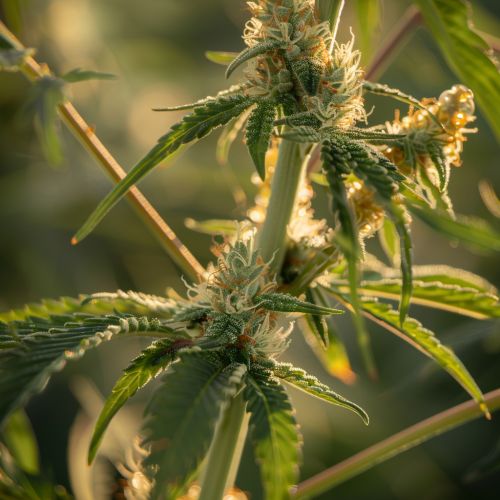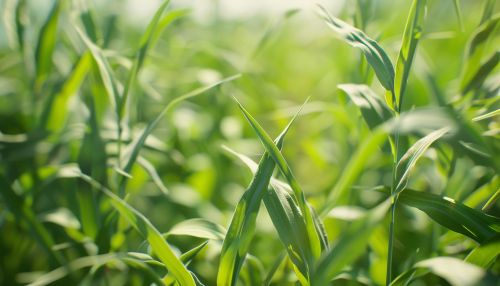Plant-Incorporated Protectants
Introduction
Plant-Incorporated Protectants (PIPs) are a type of pesticide that plants produce themselves after scientists have altered the plant's genes. The concept of PIPs is a revolutionary one in the field of agriculture, as it allows plants to have an in-built defense mechanism against pests. This article delves into the intricate details of PIPs, their development, usage, benefits, and potential drawbacks.


Development of Plant-Incorporated Protectants
The development of PIPs is a complex process that involves the manipulation of a plant's genetic makeup. The process begins with the identification of a gene that produces a substance that can deter pests. This gene is then isolated and inserted into the DNA of the plant that needs protection. The plant then starts producing the protectant substance, providing it with an internal defense mechanism against pests.
Types of Plant-Incorporated Protectants
There are several types of PIPs, each classified based on the type of pest they protect against. Some of the most common types include:
- Bt Crops: These crops produce a protein that is toxic to certain insects. The gene for this protein is taken from the bacterium Bacillus thuringiensis and inserted into the plant's DNA.
- Viral Resistance: Some plants have been genetically modified to produce proteins that prevent viruses from replicating within them.
- Nematode Resistance: Certain plants have been modified to produce substances that are toxic to nematodes, a type of parasitic worm.
Benefits of Plant-Incorporated Protectants
PIPs offer several benefits, primarily in the field of agriculture. Some of these benefits include:
- Reduced Pesticide Usage: Since the plants produce their own pesticides, there is a reduced need for external pesticide application.
- Increased Crop Yield: PIPs can help increase crop yield by reducing losses due to pests.
- Environmental Sustainability: By reducing the need for external pesticides, PIPs can contribute to environmental sustainability.
Potential Drawbacks and Controversies
Despite their benefits, PIPs have also been the subject of controversy and concern. Some potential drawbacks include:
- Biodiversity Loss: There are concerns that widespread use of PIPs could lead to a loss of biodiversity.
- Development of Pesticide Resistance: There is a risk that pests could develop resistance to the protectants produced by PIPs.
- Potential Health Risks: Some people have raised concerns about the potential health risks associated with consuming genetically modified crops.
Regulatory Aspects
Due to the potential risks associated with PIPs, they are subject to regulation in many countries. In the United States, for example, the Environmental Protection Agency (EPA) is responsible for regulating PIPs.
Future Prospects
The field of PIPs is a rapidly evolving one, with ongoing research aimed at developing new types of PIPs and improving existing ones. As our understanding of genetics continues to grow, it is likely that the use of PIPs in agriculture will become increasingly common.
